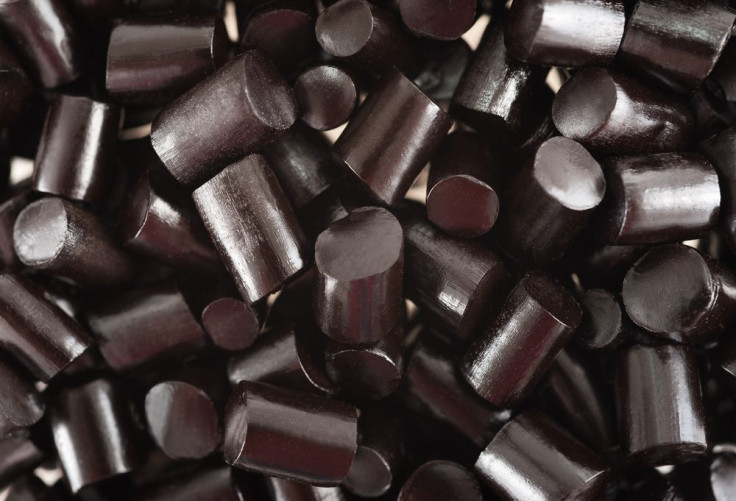Too Much Of A Good Thing: Black Licorice Diet Caused 10-Year-Old Seizures And Brain Swelling

A 10-year-old boy was rushed to a hospital in Bologna, Italy after experiencing a series of convulsive seizures. At the hospital, the cause of the child’s declining health remained a mystery until his unusual diet came to light. It was then that doctors diagnosed him as possibly the first child in history to have overdosed on licorice candies.
As reported by Newsweek, the 10-year-old child was rushed to the hospital after experiencing a number of convulsions. At the hospital, the child seemed to be in perfect health, except for his unusually high levels of cortisol and high blood pressure. Cortisol is a hormone given off when the body is under a large amount of stress, but physicians were unsure why the boy's levels were so high. An MRI scan later revealed that the child was also suffering from brain swelling, also known as posterior reversible encephalopathy syndrome.
It was only upon further inspection that doctors revealed the cause of the mysterious symptoms. While examining the boy, doctors noticed that some of his teeth had become stained black. When asked why this may have happened, the boy answered that he had become accustomed to eating around 20 licorice toffees every day for the past four months.
It’s not exactly the licorice that was so dangerous, however, but rather glycyrrhizic acid, the sweet-tasting compound found in licorice. High intakes of this chemical can cause hypermineralocorticoidis — a condition characterized by sodium retention and potassium loss, oedema (fluid retention), increased blood pressure, and depression of the signaling pathway used to regulate blood pressure. Glycyrrhizic acid also prevents cortisol from normally breaking down, explaining the boy's abnormal buildups of the hormone. Newsweek reported that the child had eaten more than 50 percent over the World Health Organization’s “safe” amount of the acid every day.
There is a great amount of personal variation when it comes to “safe” amounts of glycyrrhizic acid intake, and considering the boy’s low body mass, his amount of consumption was especially dangerous.
Although there have been several reported cases of adults suffering from adverse effects from overconsumption of licorice, the doctors explained in their case report that this is believed to be the first recorded example of the such symptoms in a child.
“We concluded that the licorice intake could explain the boy’s hypertension and we recommended he stop the excessive ingestion of licorice immediately,” wrote Dr. Davide Tassinari and his colleagues at the University of Bologna in the report published Monday.
The boy slowly recovered after ceasing to consume licorice.
Source: Tassinari D, Bergamaschi R, Corsini I, et al. Posterior Reversible Encephalopathy Syndrome Associated with Licorice Consumption: A Case Report in a 10-Year-Old Boy. Pediatric Neurology. 2015.



























